You gem of a person, you.
If you’re here, thank you for completing the match game on the holiday card. Check your guesses below!
As a bonus, we would love to introduce you to our own GeoEngineers “gems” in each office—our staff! Our brilliant people are our most precious resource, and they will still be shining bright for you in 2024.
California
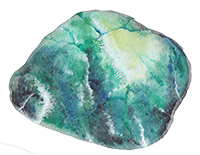
Mineral: Serpentinite
The name Serpentinite originates from the similarity of the texture of the rock to that of the skin of a snake. Serpentinite is a softer mineral that is easily carved and has been used in many ancient and modern cultures for both functional and artistic purposes.
Meet our brilliant people in Sacramento and San Diego!
Idaho

Gem: Star Garnet
Star garnets exhibit a phenomenon called asterism, caused by the presence of small rutile needles within the gemstone. Asteriated gems are known as “star” gems. Star sapphires, star rubies, and other star gems are highly sought after and are generally more valuable than their normal counterparts.
Meet our brilliant people in Boise!
Louisiana
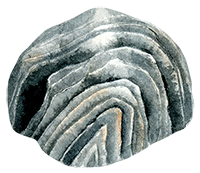
Mineral: Agate
Agate is a banded form of chalcedony, which comes in a wide variety of colors. The stone was given its name by Theophrastus, a Greek philosopher and naturalist, who discovered the stone along the Dirillo River or Achates in Sicily, sometime between the 4th and 3rd centuries BCE.
Meet our brilliant people in Baton Rouge!
Massachusetts

Gem: Rhodonite
Rhodonite was discovered in 1790 in the Ural Mountains. It was named in 1819 by German naturalist Christoph Friedrich Jasche. The name comes from the Greek word rhodon meaning “rose” because of its distinctive pink color.
Meet our brilliant people in Boston and Southborough!
Missouri
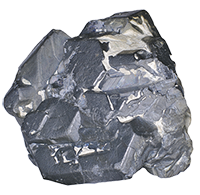
Mineral: Galena
Galena is the natural mineral form of lead sulfide. It is the most important ore of lead and an important source of silver. In the United States, it occurs most notably as lead-zinc ore in the Mississippi Valley type deposits of the Lead Belt in southeastern Missouri, which is the largest known deposit.
Meet our brilliant people in Springfield and St. Louis!
North Carolina
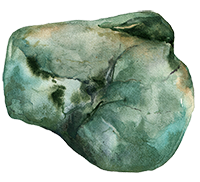
Gem: Emerald
Imperfections can be desirable in emeralds. Most emeralds have some type of inclusion or imperfection, and emeralds without imperfections or inclusions are very rare. Instead of the term imperfection, dealers like to reference emerald inclusions as an internal jardin (“garden” in French).
Meet our brilliant people in Raleigh!
Oregon

Gem: Oregon Sunstone
Sunstone exhibits an optical effect called schiller caused by reflections from inclusions of specific minerals which make the center of the stone appear to sparkle. Oregon Sunstone contains elemental copper and is unique in that crystals can be quite large.
Meet our brilliant people in Portland, Lake Oswego, and Bend!
South Carolina
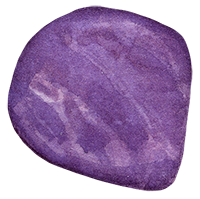
Gem: Amethyst
Amethyst is a violet variety of quartz. The name comes from the Greek amethystos from a- meaning “not” and methysko meaning “intoxicate,” a reference to the belief that the stone protected its owner from drunkenness. Ancient Greeks carved drinking vessels from it, believing it would prevent intoxication.
Meet our brilliant people in Charleston!
Tennessee
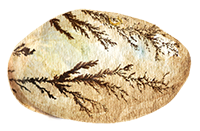
Mineral: Limestone
Limestone is commonly white to gray in color, though traces of specific minerals can cause shifts in color. Dendritic limestone contains a branch-like pattern that is formed when water that is rich in Manganese oxide flows in the microscopic cracks between layers of limestone.
Meet our brilliant people in Nashville!
Texas
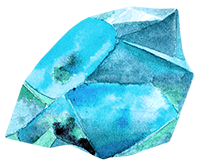
Gem: Blue Topaz
Topaz in its natural state is colorless, often with a greyish cast. Trace element impurities can make it pale blue or golden brown to yellow orange. Blue topaz is caused by the presence of chromium or titanium within the crystal.
Meet our brilliant people in Houston!
Washington
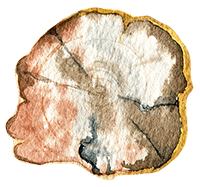
Gem: Petrified Wood
Petrifaction is the result of a tree or tree-like plants having been replaced by stone via a mineralization process. Unlike other plant fossils, which are typically impressions or compressions, petrified wood is a three-dimensional representation of the original organic material.
Meet our brilliant people in Bellingham, Kennewick, Redmond, Seattle, Spokane, and Tacoma!
